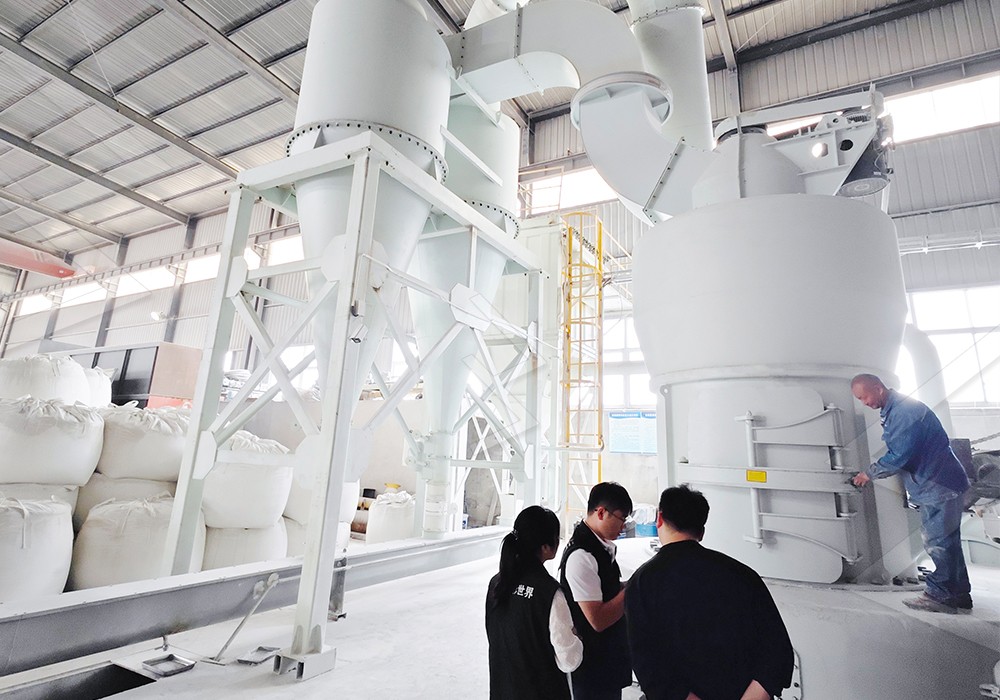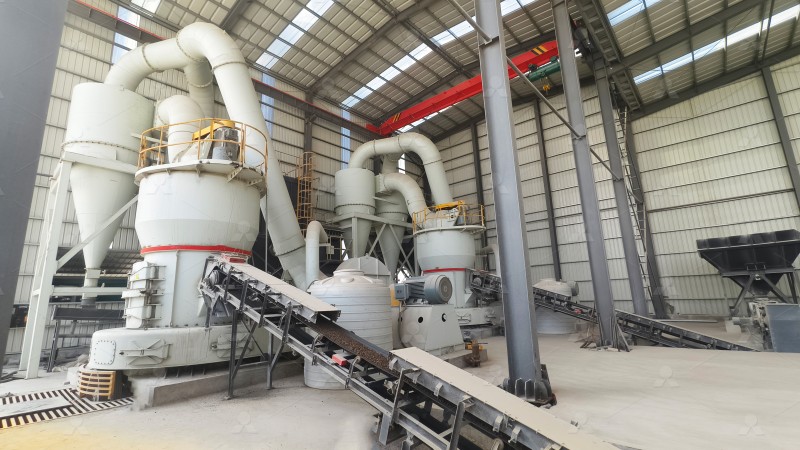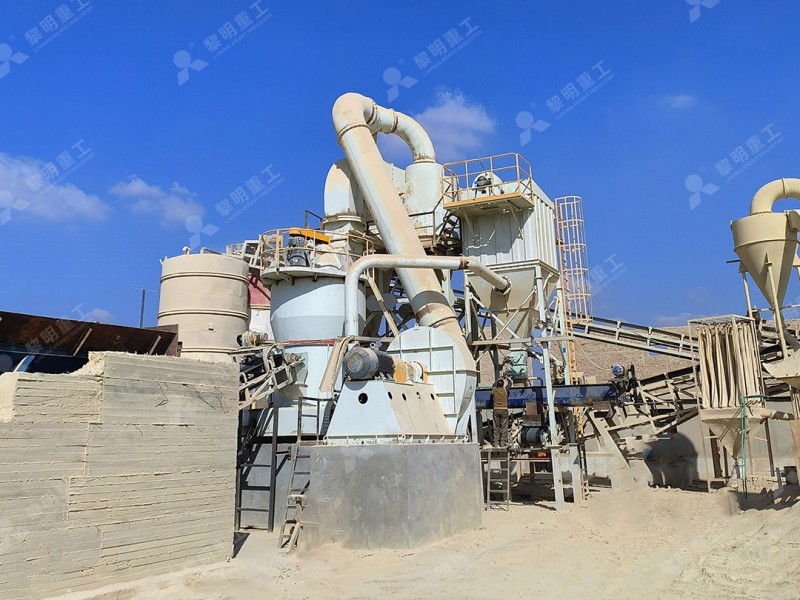3R Raymond Mill for Grinding Limestone: Price and Specifications
3R Raymond Mill for Grinding Limestone: Price and Specifications
When it comes to grinding limestone for various industrial applications, the 3R Raymond Mill has long been a trusted workhorse in mineral processing operations worldwide. This reliable grinding equipment offers a balanced combination of performance, efficiency, and cost-effectiveness that makes it particularly suitable for medium-scale limestone processing requirements.

Technical Specifications and Performance Characteristics
The 3R Raymond Mill, part of the R-series grinding equipment family, features three grinding rollers that provide substantial grinding pressure and improved efficiency compared to smaller models. With an input size capacity of <25 mm and throughput ranging from 0.6 to 5 tph, this mill handles most limestone processing needs effectively.
The mill’s optimized design includes several notable features that contribute to its reliable performance. The centrifugal grinding mechanism ensures consistent particle size distribution, while the integrated powder separator allows for precise control over final product fineness. The compact footprint makes it suitable for operations with limited space, and the relatively low investment cost positions it as an attractive option for small to medium enterprises.
Limestone Grinding Applications
Limestone ground through the 3R Raymond Mill finds applications across multiple industries. The construction sector utilizes the powder for cement production and as a filler material, while the chemical industry employs it as a raw material for various compounds. Additional applications include flue gas desulfurization in power plants, soil conditioning in agriculture, and as a filler in plastics, paints, and coatings.
The versatility of the 3R Raymond Mill in processing limestone to different fineness levels makes it particularly valuable for operations serving multiple markets or those with fluctuating product specifications.

Beyond Traditional Raymond Mills: Advanced Alternatives
While the 3R Raymond Mill serves as a reliable solution for standard limestone grinding applications, operations requiring higher throughput or ultra-fine powders should consider more advanced milling technologies. For these demanding applications, our MW Ultrafine Grinding Mill represents a significant technological advancement.
The MW Ultrafine Grinding Mill handles input sizes up to 20 mm with capacities ranging from 0.5 to 25 tph, making it suitable for both small and medium-scale operations. What truly sets this equipment apart is its ability to produce powders with fineness between 325-2500 meshes, achieving screening rates of d97≤5μm in a single pass. The innovative design eliminates rolling bearings and screws from the grinding chamber, addressing common failure points in traditional mills and significantly improving operational reliability.
For operations prioritizing energy efficiency, the LUM Ultrafine Vertical Grinding Mill offers another compelling alternative. With its advanced grinding roller technology and German powder separating technology, this mill reduces energy consumption by 30%-50% compared to conventional grinding mills while maintaining high product quality.
Operational Considerations and Maintenance
Proper operation and maintenance are crucial for maximizing the service life and performance of any grinding equipment. The 3R Raymond Mill benefits from straightforward maintenance requirements, with accessible components and clear procedures for routine servicing. Regular inspection of grinding rollers and rings, along with timely replacement of worn parts, ensures consistent performance and product quality.
Both the MW Ultrafine Grinding Mill and LUM Ultrafine Vertical Grinding Mill incorporate additional maintenance-friendly features, including external lubrication systems and reversible structures that facilitate component inspection and replacement without extensive downtime.

Economic Factors and Investment Analysis
The initial investment for a 3R Raymond Mill varies based on configuration and ancillary equipment, but generally positions it as an economically viable option for operations with moderate production requirements. When evaluating total cost of ownership, considerations should include not only the purchase price but also energy consumption, maintenance costs, and operational efficiency.
For operations where ultra-fine powders command premium prices or where energy costs represent a significant portion of operating expenses, the higher initial investment in advanced mills like the MW series may be justified through improved efficiency, lower energy consumption, and reduced maintenance requirements.
Frequently Asked Questions
What is the typical production capacity of a 3R Raymond Mill for limestone grinding?
The 3R Raymond Mill typically processes 0.6 to 5 tons per hour of limestone, depending on the input size and desired fineness of the final product.
How does the fineness of limestone powder from a 3R Raymond Mill compare to more advanced mills?
While the 3R Raymond Mill produces quality limestone powder suitable for many applications, our MW Ultrafine Grinding Mill can achieve much finer powders ranging from 325 to 2500 meshes with superior particle size distribution.
What are the main advantages of upgrading to an MW Ultrafine Grinding Mill?
The MW Ultrafine Grinding Mill offers 40% higher production capacity than jet mills with the same power consumption, adjustable fineness between 325-2500 meshes, and innovative features that eliminate common failure points found in traditional mills.
How does energy consumption compare between different mill types?
The 3R Raymond Mill provides reasonable energy efficiency for its class, while our LUM Ultrafine Vertical Grinding Mill reduces energy consumption by 30%-50% compared to conventional grinding mills, offering significant operational cost savings.
What technical support is available for your grinding equipment?
We provide comprehensive technical support for all our grinding mills, including installation guidance, operational training, and original spare parts supply to ensure worry-free operation throughout the equipment’s service life.
